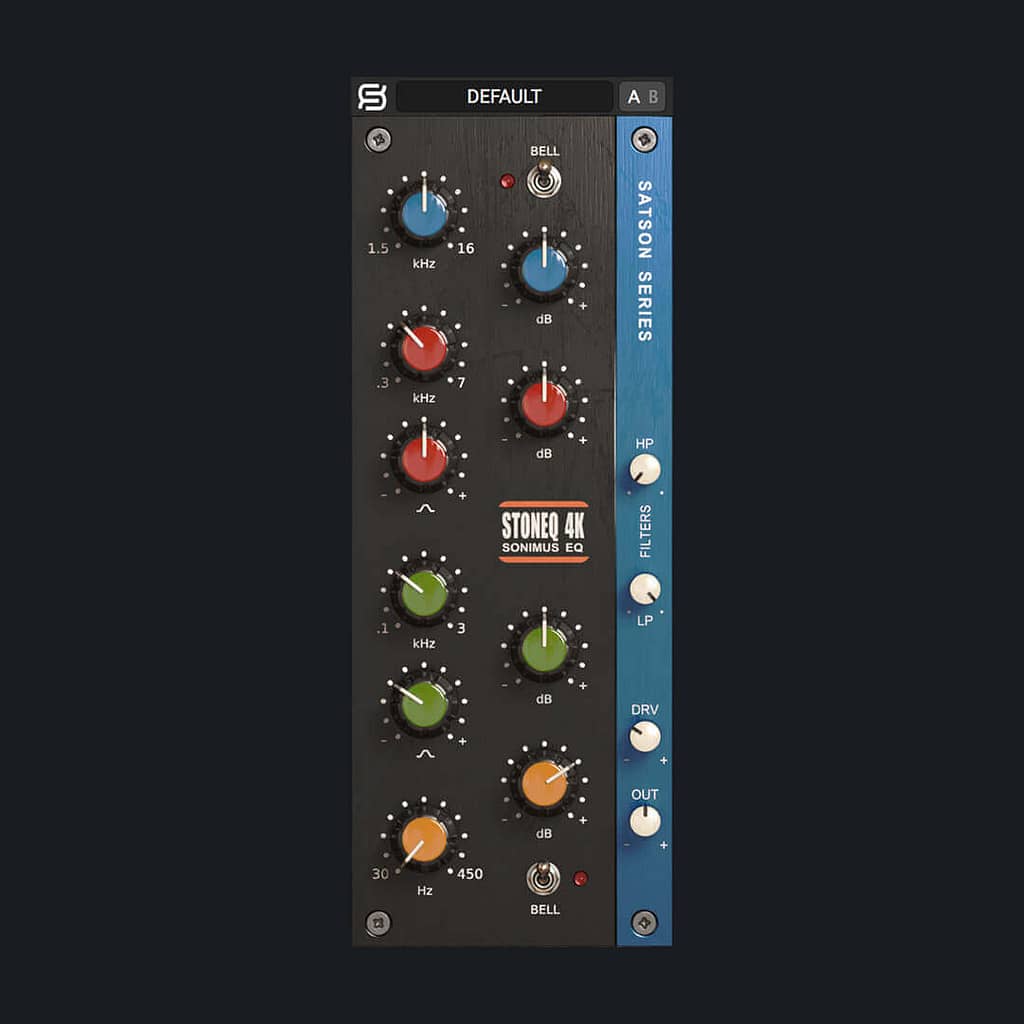How do they relate to each other?
Every single music note that we hear is defined by one specific frequency or pitch.
Each frequency is nothing else than air particles (or any media) vibrating at a specific rate or cycles per second (Hertz). For example, the note A4, above the middle C in a piano, is standardized to have a pitch of 440Hz. This means that the string in the piano and then the air particles will vibrate 440 times per second every time we hear that specific note. By doubling or dividing each frequency by 2, we obtain the values of the octave above or below respectively.
One could think that since there are 12 semitones between one note and the next octave, we would only have to divide the difference between pitches by 12 to get all the frequencies for each semitone. Unfortunately, the mathematical relationship between notes is only linear when we talk about octaves. To obtain the frequencies of the rest of the notes we need to apply a formula that defines their relation.
The Maths Behind It
The frequency for every note is proportional to a reference note. For modern standard concert pitch the International Organization of Standardization set the reference to be A4 at 440 Hz since 1955, but this has not been universally used throughout history. An example is The Scientific Pitch or Philosophical Pitch, proposed in 1713 by French physicist Joseph Sauveur, which reference was placed in C4 at 256 Hz instead.
Once we have our reference we can determine the frequency of the rest of the notes. To do so we multiply the value of our reference by powers of 2 that vary according to the number of semitones from that reference value. For example, to get the frequency of B4 at standard concert pitch (two semitones up from the reference) we would have to apply this formula:
B4 frequency = 440 x 2(2/12)
Positive values in the number of semitones will provide the pitches of the notes above the reference, while negative values will give us the notes below the reference. Here is a table with all the frequencies using concert pitch.
| Note | Octave | |||||||||||
| −1 | 0 | 1 | 2 | 3 | 4 | 5 | 6 | 7 | 8 | 9 | 10 | |
| C | 8.175799 | 16.3516 | 32.7032 | 65.40639 | 130.8128 | 261.6256 | 523.2511 | 1046.502 | 2093.005 | 4186.009 | 8372.018 | 16744.04 |
| C♯/D♭ | 8.661957 | 17.32391 | 34.64783 | 69.29566 | 138.5913 | 277.1826 | 554.3653 | 1108.731 | 2217.461 | 4434.922 | 8869.844 | 17739.69 |
| D | 9.177024 | 18.35405 | 36.7081 | 73.41619 | 146.8324 | 293.6648 | 587.3295 | 1174.659 | 2349.318 | 4698.636 | 9397.273 | 18794.55 |
| E♭/D♯ | 9.722718 | 19.44544 | 38.89087 | 77.78175 | 155.5635 | 311.127 | 622.254 | 1244.508 | 2489.016 | 4978.032 | 9956.063 | 19912.13 |
| E | 10.30086 | 20.60172 | 41.20344 | 82.40689 | 164.8138 | 329.6276 | 659.2551 | 1318.51 | 2637.02 | 5274.041 | 10548.08 | 21096.16 |
| F | 10.91338 | 21.82676 | 43.65353 | 87.30706 | 174.6141 | 349.2282 | 698.4565 | 1396.913 | 2793.826 | 5587.652 | 11175.3 | 22350.61 |
| F♯/G♭ | 11.56233 | 23.12465 | 46.2493 | 92.49861 | 184.9972 | 369.9944 | 739.9888 | 1479.978 | 2959.955 | 5919.911 | 11839.82 | 23679.64 |
| G | 12.24986 | 24.49971 | 48.99943 | 97.99886 | 195.9977 | 391.9954 | 783.9909 | 1567.982 | 3135.963 | 6271.927 | 12543.85 | 25087.71 |
| A♭/G♯ | 12.97827 | 25.95654 | 51.91309 | 103.8262 | 207.6523 | 415.3047 | 830.6094 | 1661.219 | 3322.438 | 6644.875 | 13289.75 | 26579.5 |
| A | 13.75 | 27.5 | 55 | 110 | 220 | 440 | 880 | 1760 | 3520 | 7040 | 14080 | 28160 |
| B♭/A♯ | 14.56762 | 29.13524 | 58.27047 | 116.5409 | 233.0819 | 466.1638 | 932.3275 | 1864.655 | 3729.31 | 7458.62 | 14917.24 | 29834.48 |
| B | 15.43385 | 30.86771 | 61.73541 | 123.4708 | 246.9417 | 493.8833 | 987.7666 | 1975.533 | 3951.066 | 7902.133 | 15804.27 | 31608.53 |
Equalizers and Pitch
Historically certain consoles or equalizers like the TG12345 from EMI, or the Neve 1073 have been known to be very musical. This is because the chosen frequencies in these devices are pitch-related. Burnley73 recreates the EQ from the 1073 and if we compare our pitch table with the frequency selections in the plugin we can see some familiar numbers.
Modern music producers take advantage of fully parametric EQ and presets to create custom pitch related equalizers. This allows to tailor the EQ to the key of the song or the range of an instrument which helps to place each element of a mix in their right place in the frequency spectrum. Try this with StonEQ, SonEQ2 or Stason CS on your next mix. It can be very helpful to get a nice balance in your mix in a quick and effective way.









Leave A Comment
You must be logged in to post a comment.